In the annals of ancient Egypt, perhaps no figure looms larger than Pharaoh Djoser, a ruler whose legacy transcends time and remains a beacon of the civilization’s rich history. Known primarily for his monumental accomplishments, particularly the Step Pyramid at Saqqara, Djoser’s influence extends into the realm of spiritual and cultural beliefs that shaped the identity of the Egyptian people.
From The Mouth of Pharaoh – From Nubia (Sudan) To Kemet (Egypt)
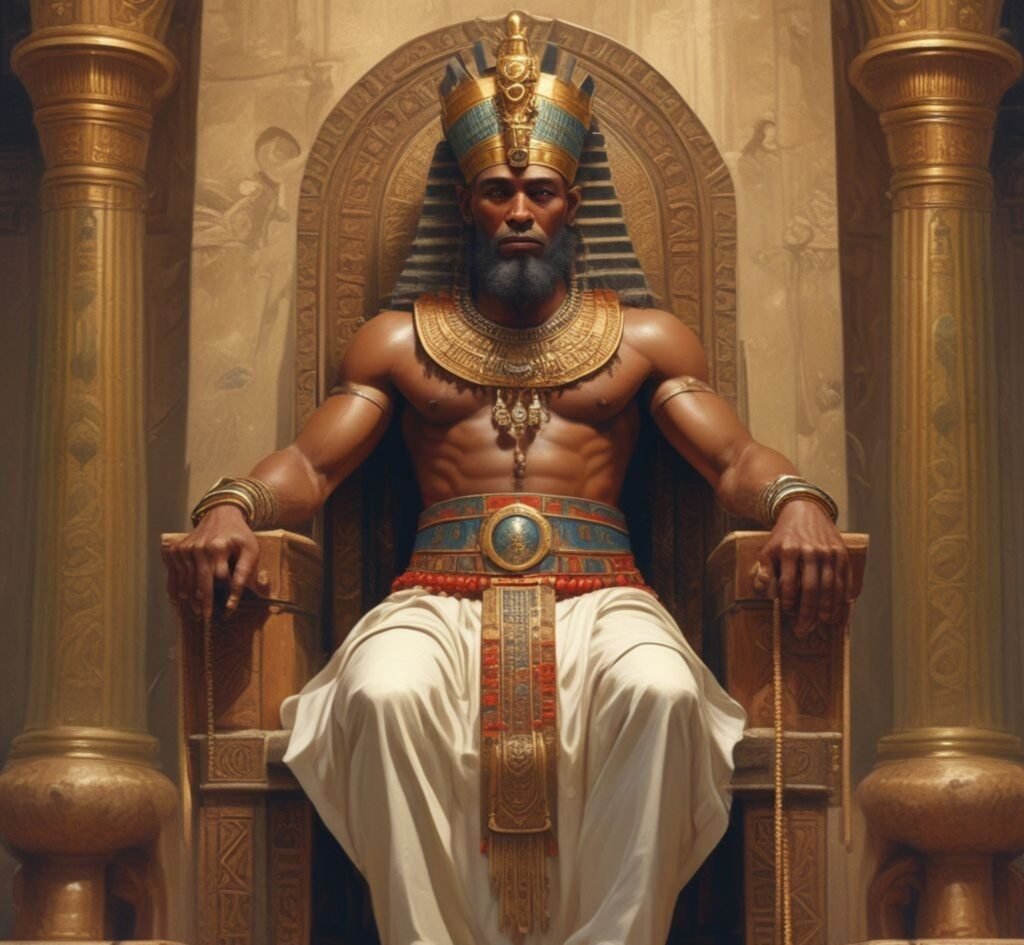
Pharaoh Djoser
Pharaoh Djoser, a key figure during the Third Dynasty of the Old Kingdom, articulated a profound sense of origin and divine connection that resonated deeply with the people of Egypt. He stated famously that the Egyptians originated from the beginning of the Nile where the god Hapi dwells at the foothills of the mountain of the moon. This assertion not only reinforced the religious fabric of Egyptian society but also anchored the Egyptians’ sense of belonging and cultural identity to their sacred geography.
Pharaoh Djoser, one of the most significant rulers of the Third Dynasty during Egypt’s Old Kingdom, holds a revered place in the annals of history not only for his architectural innovations but also for his insightful articulation of the Egyptian identity and divine connection. His reign marked a pivotal era in which the pharaohs began to be viewed as divine intermediaries between the gods.
Through the lens of Djoser’s words, we are offered a fascinating glimpse into the identity of the ancient pharaohs, revealing a narrative that intertwines with the rich history of Nubia—an area that many historians assert was integral to the formation of early Egyptian civilization. As we delve into this narrative, it becomes clear that before Egypt emerged as a distinct entity, it was deeply rooted in the cultural and geographic tapestry of Nubia. This profound relationship invites us to reconsider the traditional narratives surrounding Egypt and to recognize Nubia’s profound influence on what we now define as ancient Egyptian society.
Pharaoh Djoser, often celebrated as the bearer of the first pyramid—the Step Pyramid at Saqqara—serves as an enduring symbol of the early stages of pharaonic culture. His reign and the monumental architecture he commissioned mark a turning point in ancient history, suggesting a consolidation of power and a codification of royal identity that resonated with the Nubian heritage. The very act of constructing monumental structures was not just an architectural endeavor; it was a declaration of identity that echoed Nubian traditions of kingship and spiritual continuity.
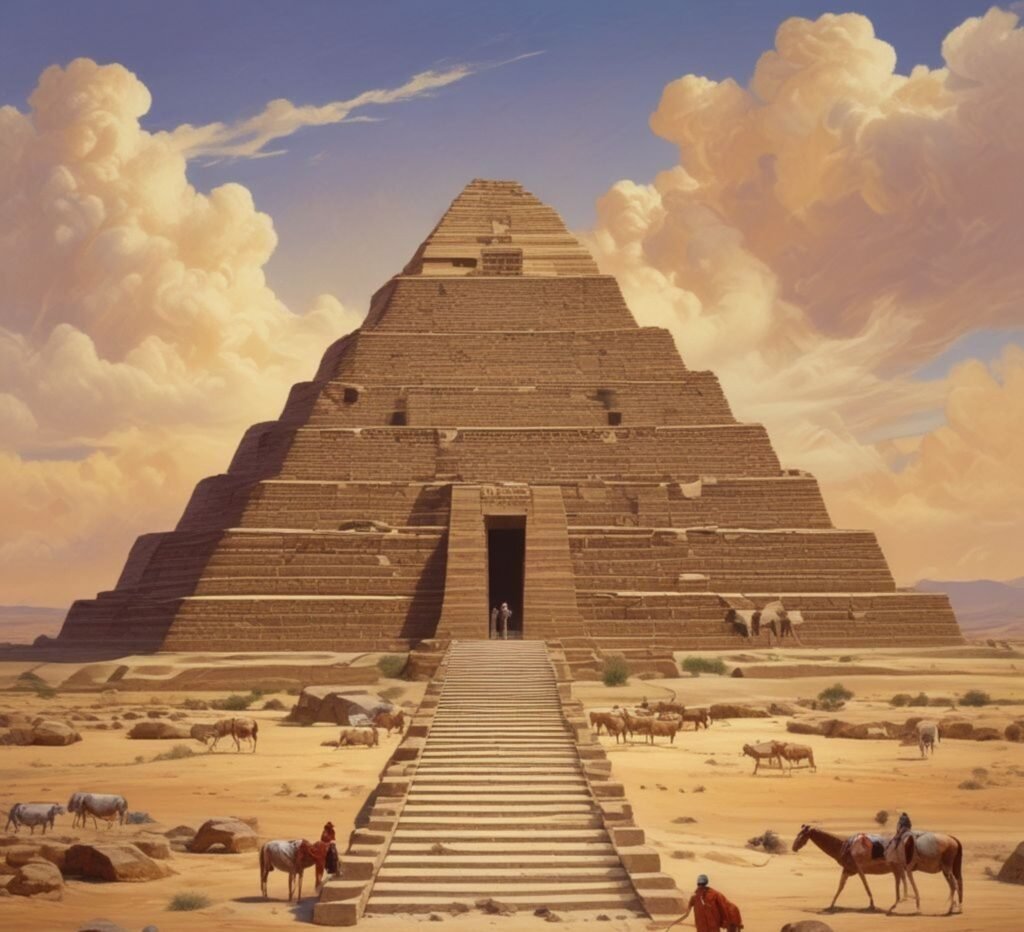
The Step Pyramid
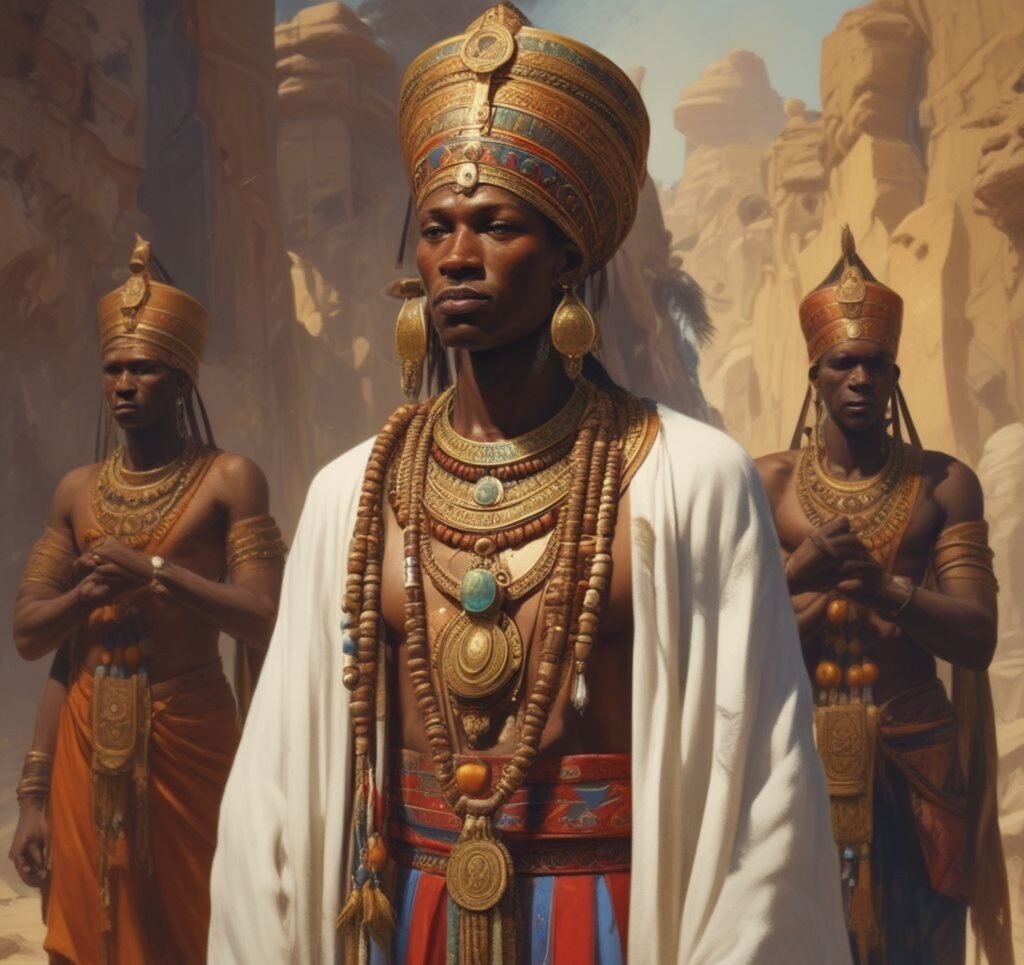
Nubian contributions to Egyptian society
Nubian culture has long been recognized for its complexity and richness. Situated to the south of Egypt, Nubia was a cradle of civilization that thrived long before the establishment of the Pharaonic state. The Nubi rubes themselves were pioneering in various fields, including metallurgy and trade, which later contributed to Egypt’s wealth and power. Over time, as Egypt flourished, the dynamic relationship with Nubia facilitated a cultural exchange that profoundly shaped both societies.
Pharaoh Djoser’s words can be interpreted as a testament to a dual identity—one that acknowledges both Egyptian and Nubian roots. In inscriptions and temple texts, we often find references that highlight the pharaoh’s connection to vast lands and peoples, including those that dwelled south of the Nile. This acknowledgment suggests a recognition of Nubian contributions to Egyptian society, particularly in the realm of religion and governance.
Icons and motifs prevalent in Nubian art and spirituality began to surface in Egyptian culture, underscoring a shared heritage that transcended borders.
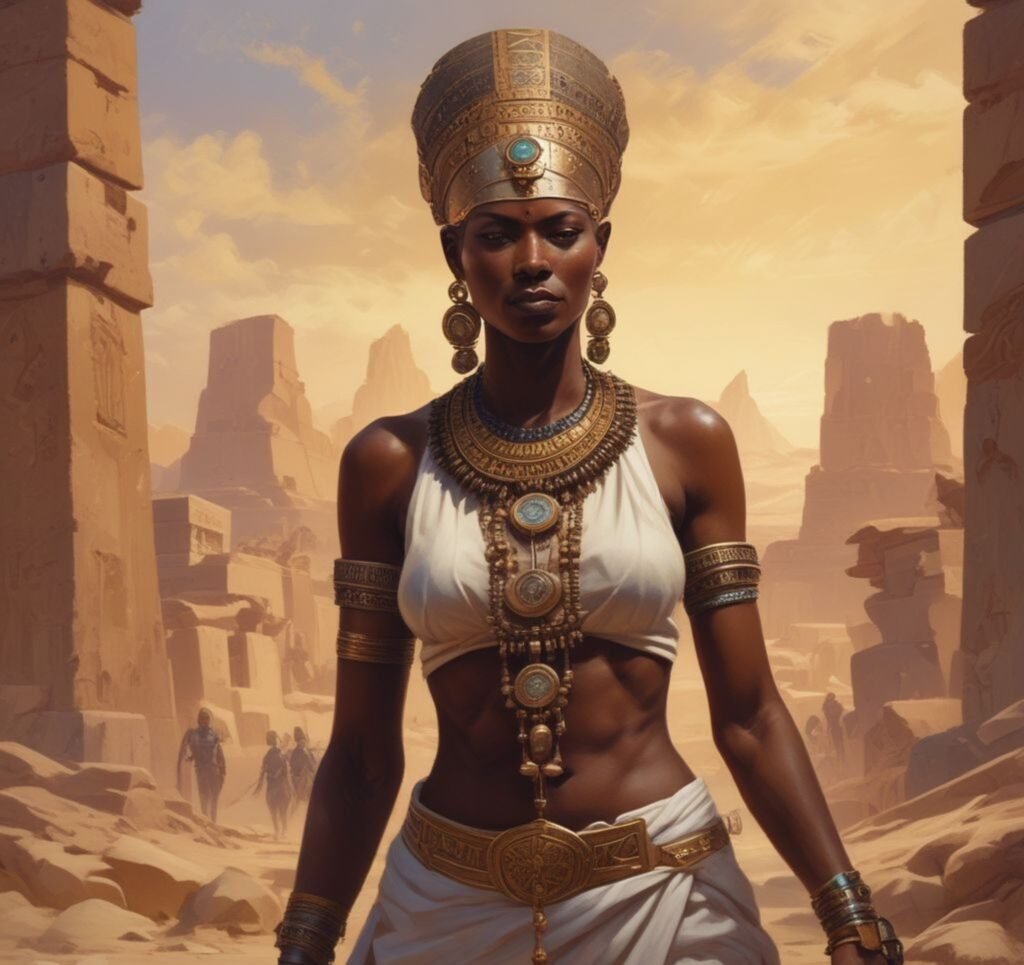
Nubian Art
The Nubians, known for their vibrant artistic expressions, utilized a plethora of symbols that conveyed deep spiritual meanings. Iconography such as the ankh, a symbol of life, and various representations of deities and nature were commonplace in Nubian art, and they echoed through into Egyptian design. This transition was not merely a matter of aesthetic borrowing; it indicated a profound interconnectedness between the peoples of Nubia and Egypt.
Black Man of the Nile and His Family: (African Foundations of European Civilization and Thought)
Book by Dr. Yosef Ben-Jochannan
One thought on “God Hapi”
Leave a Reply
You must be logged in to post a comment.





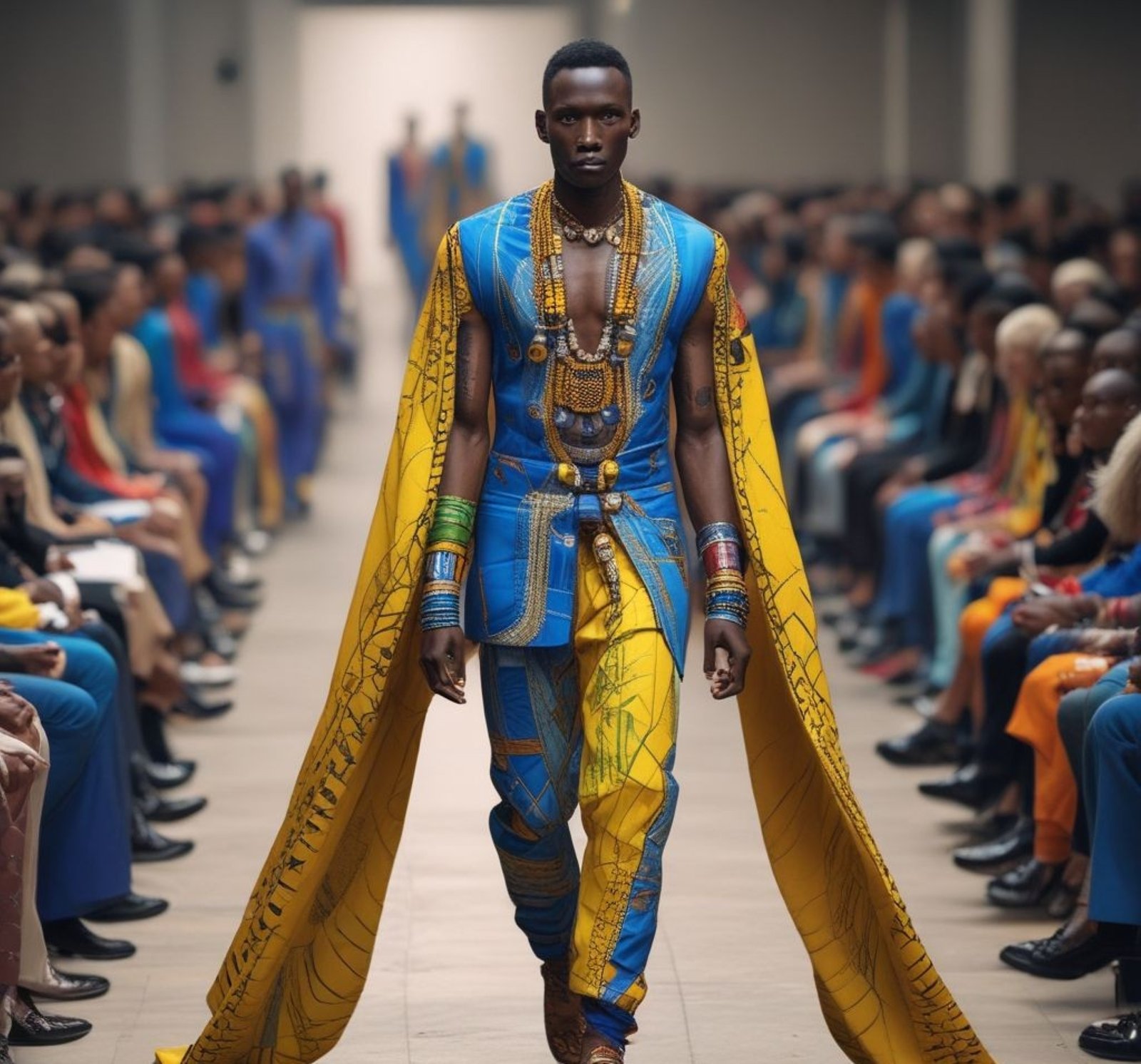

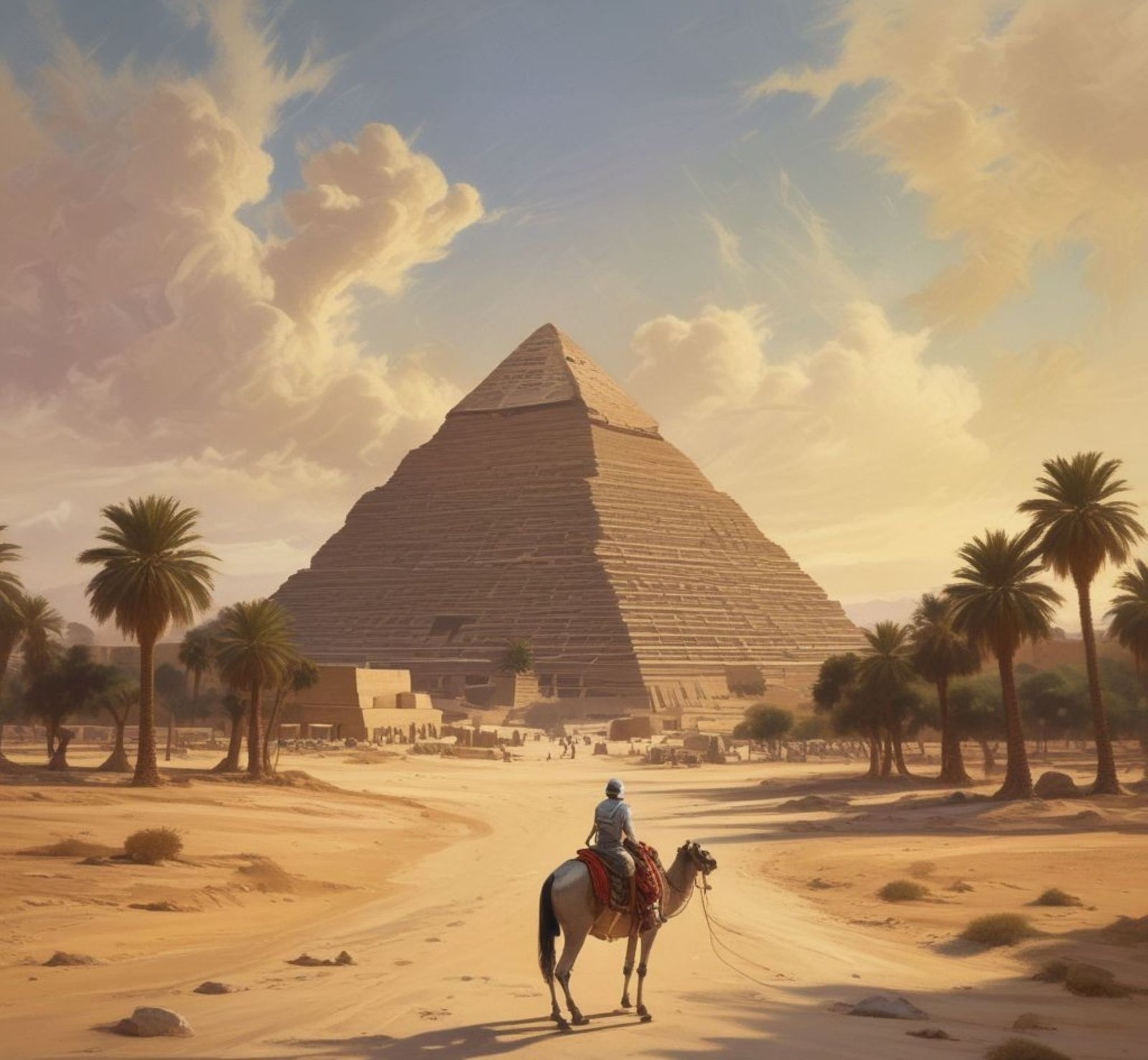
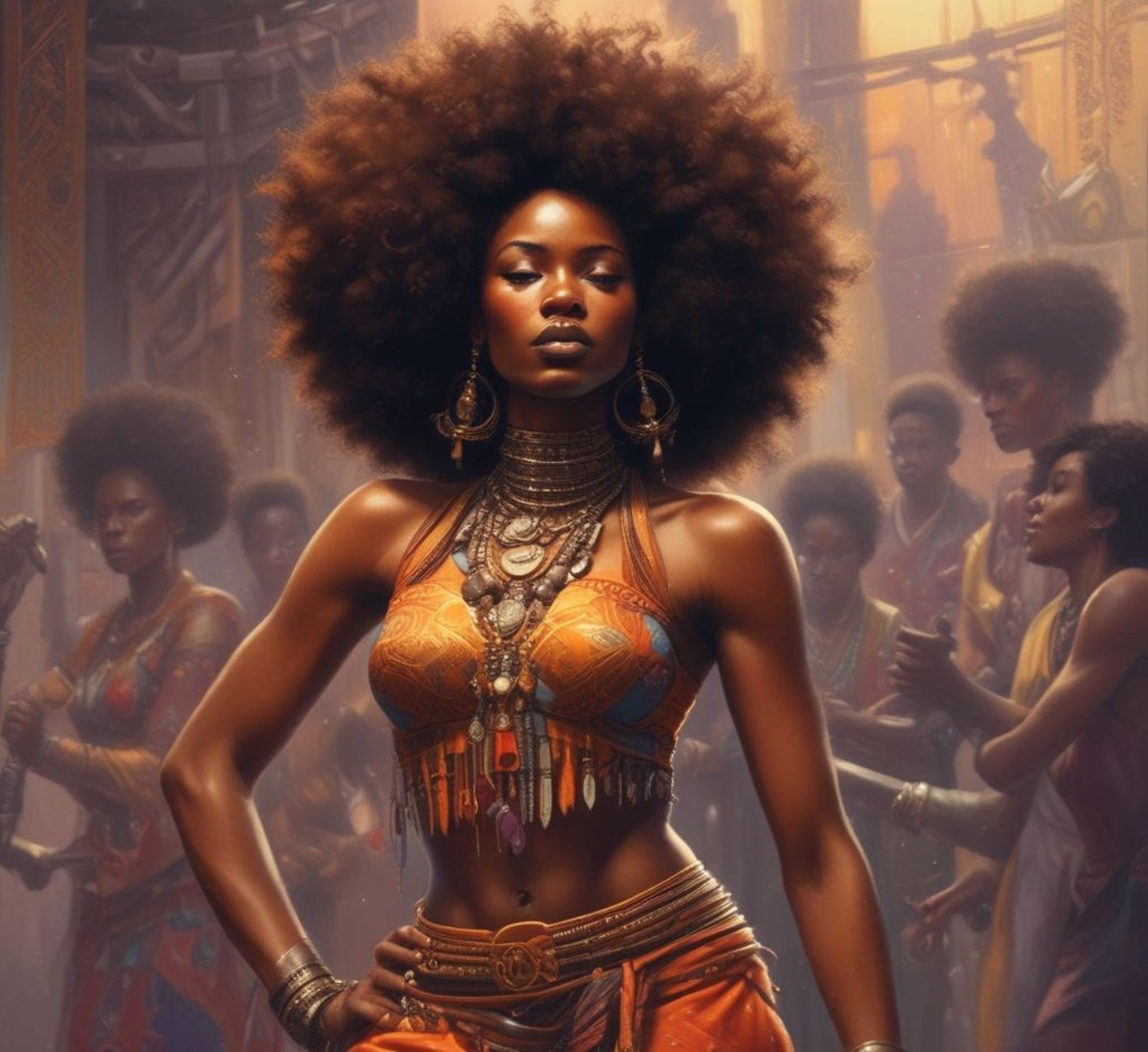
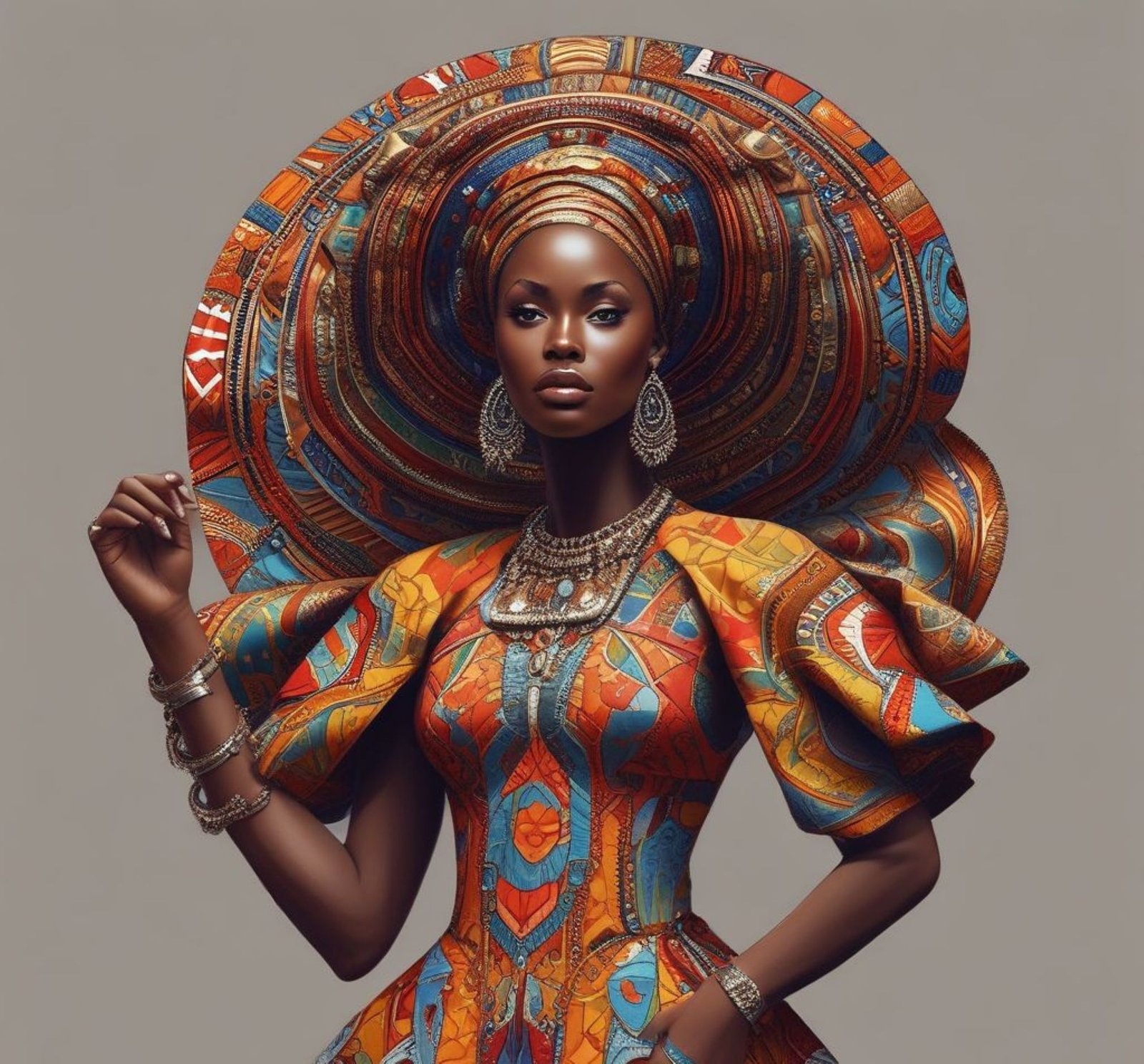

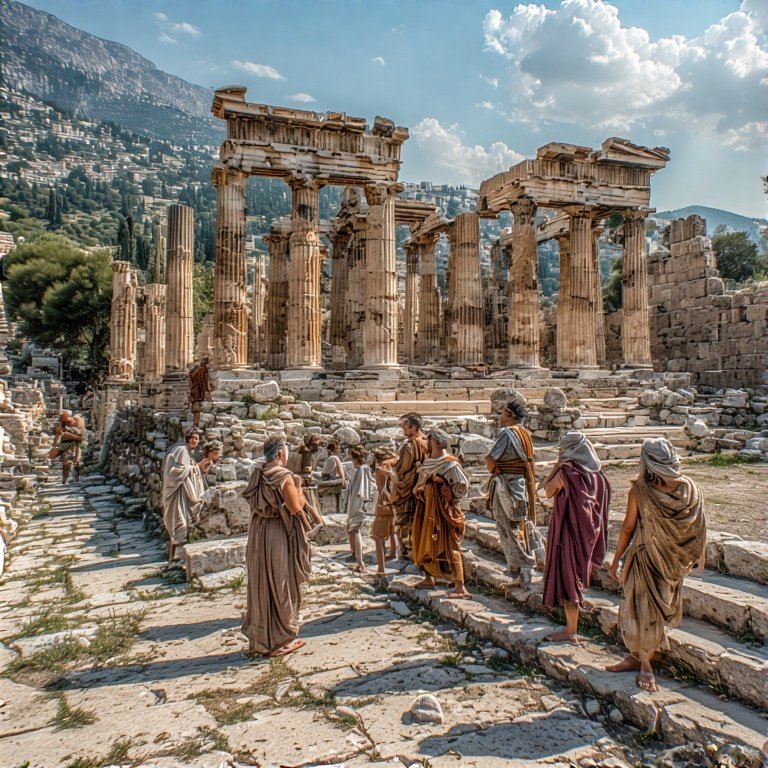
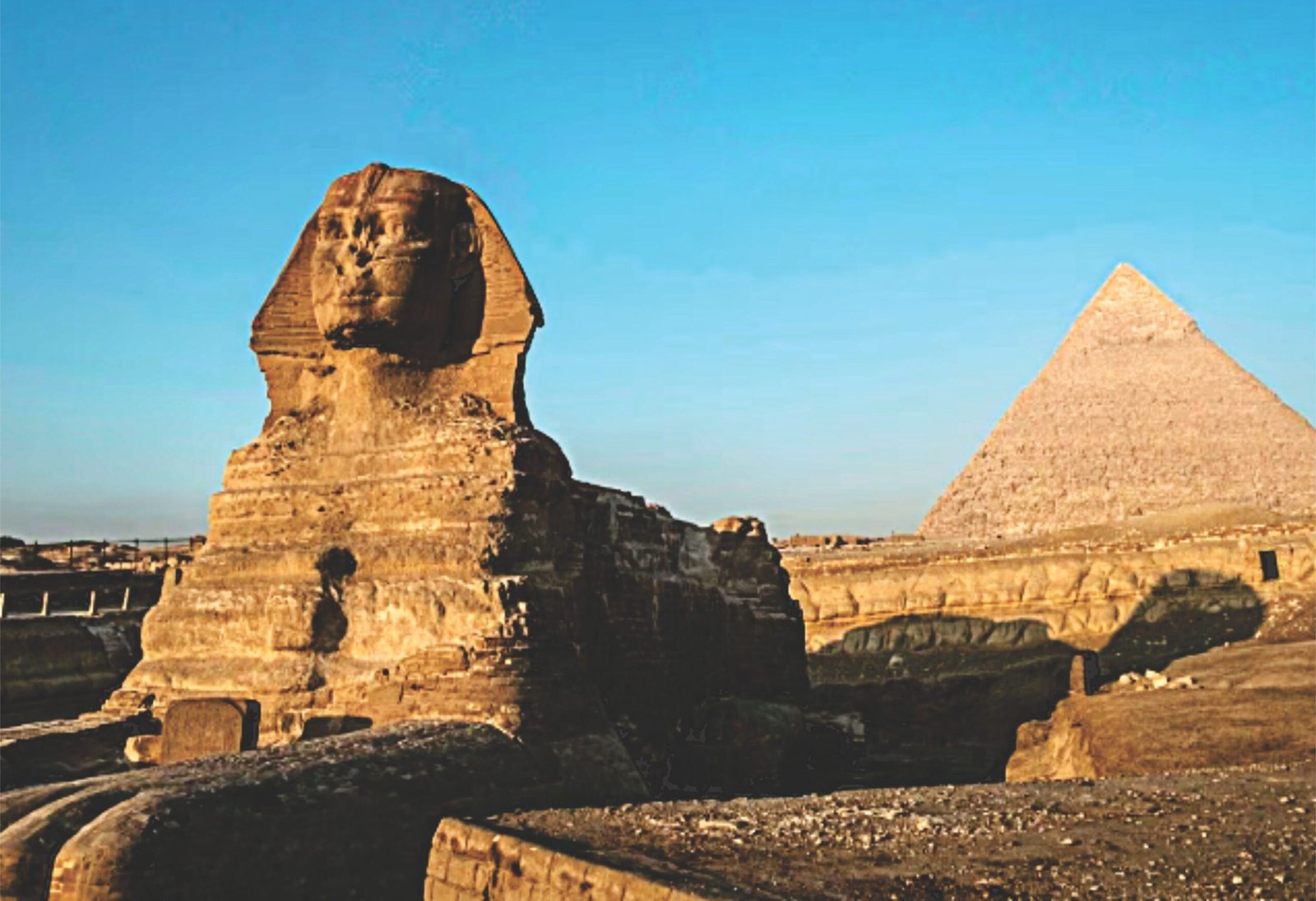





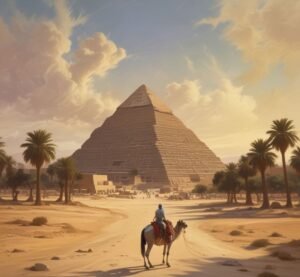

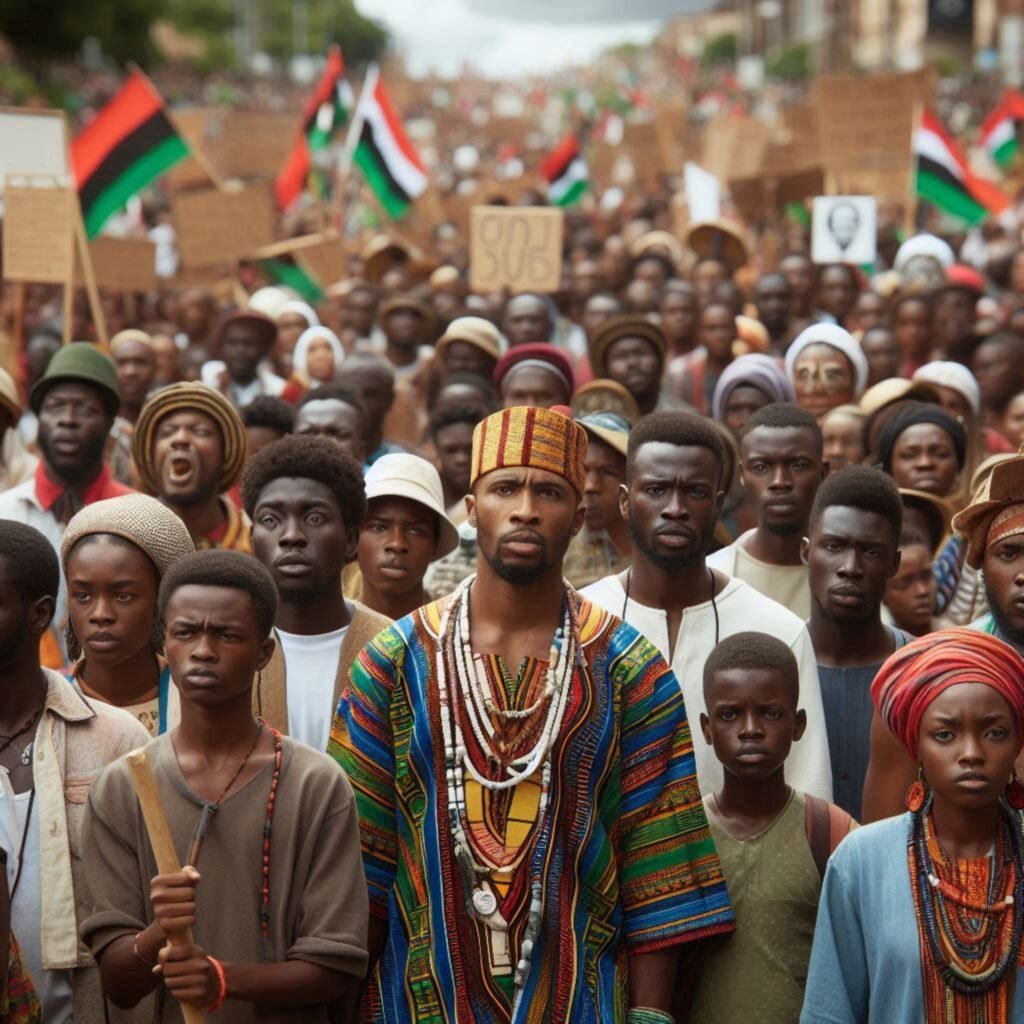
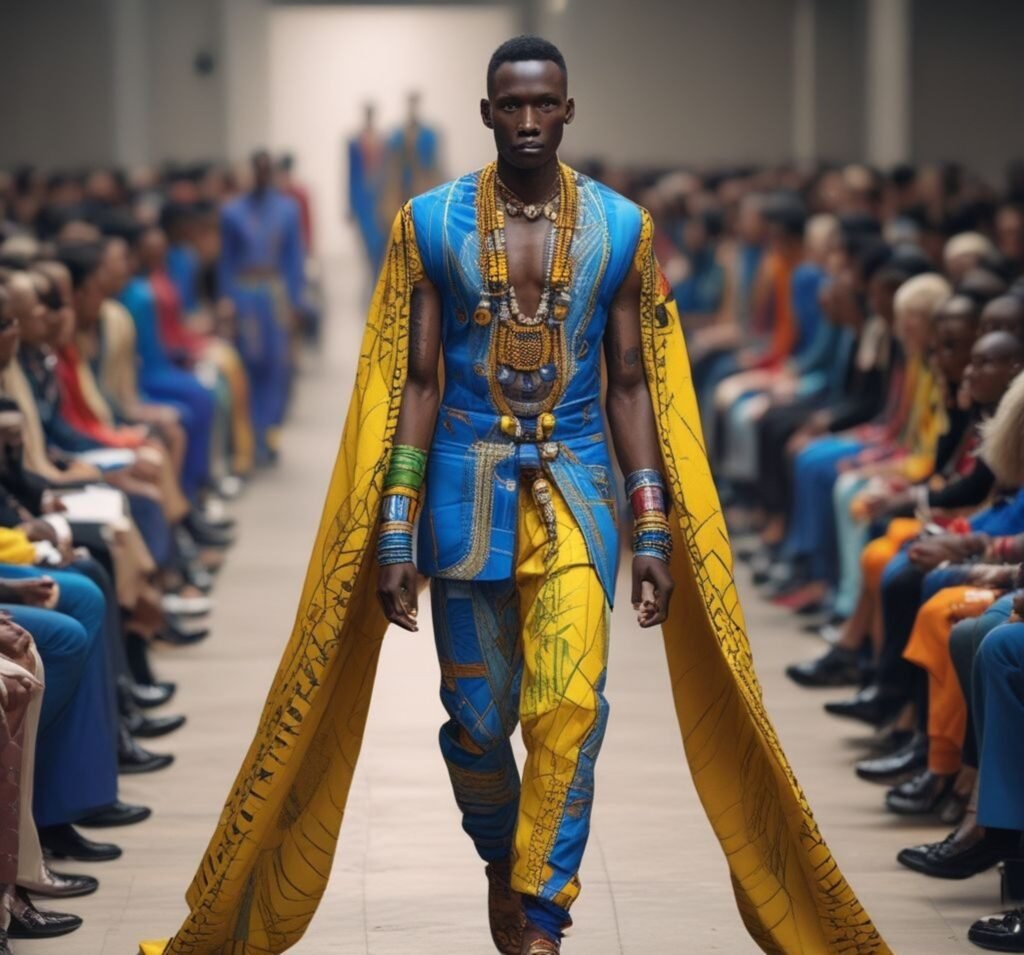
interesting